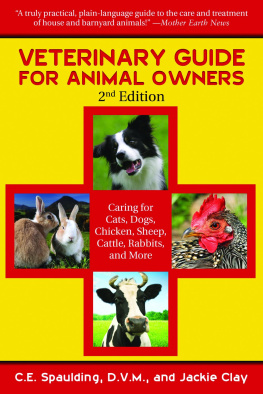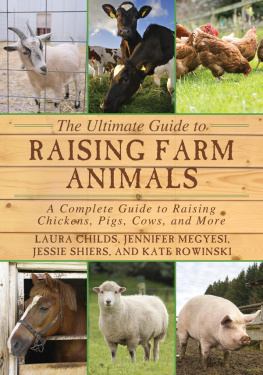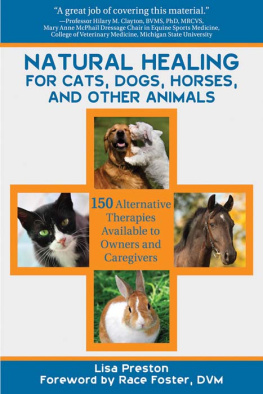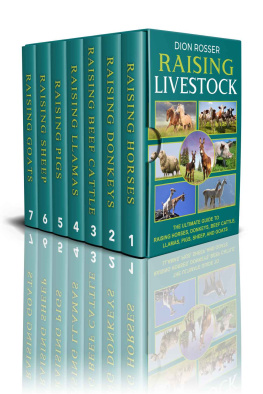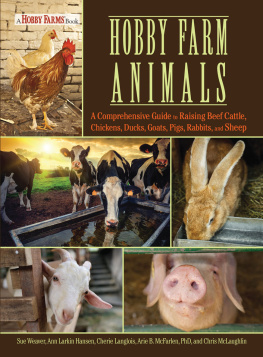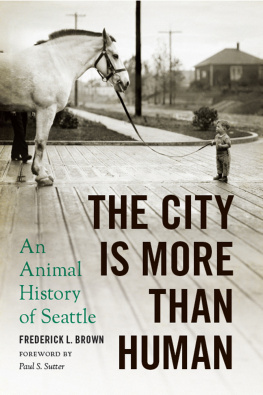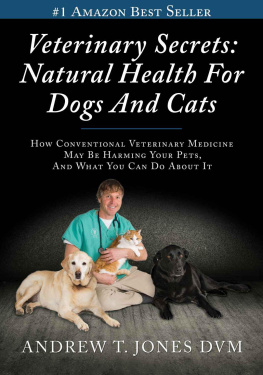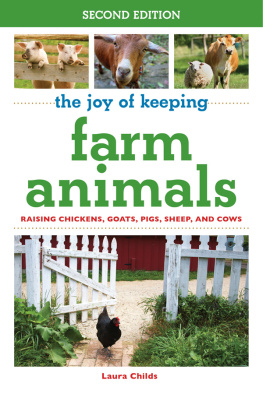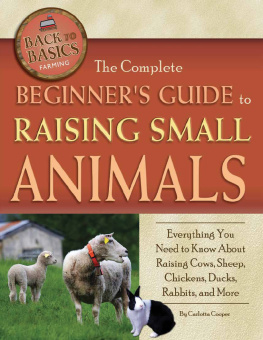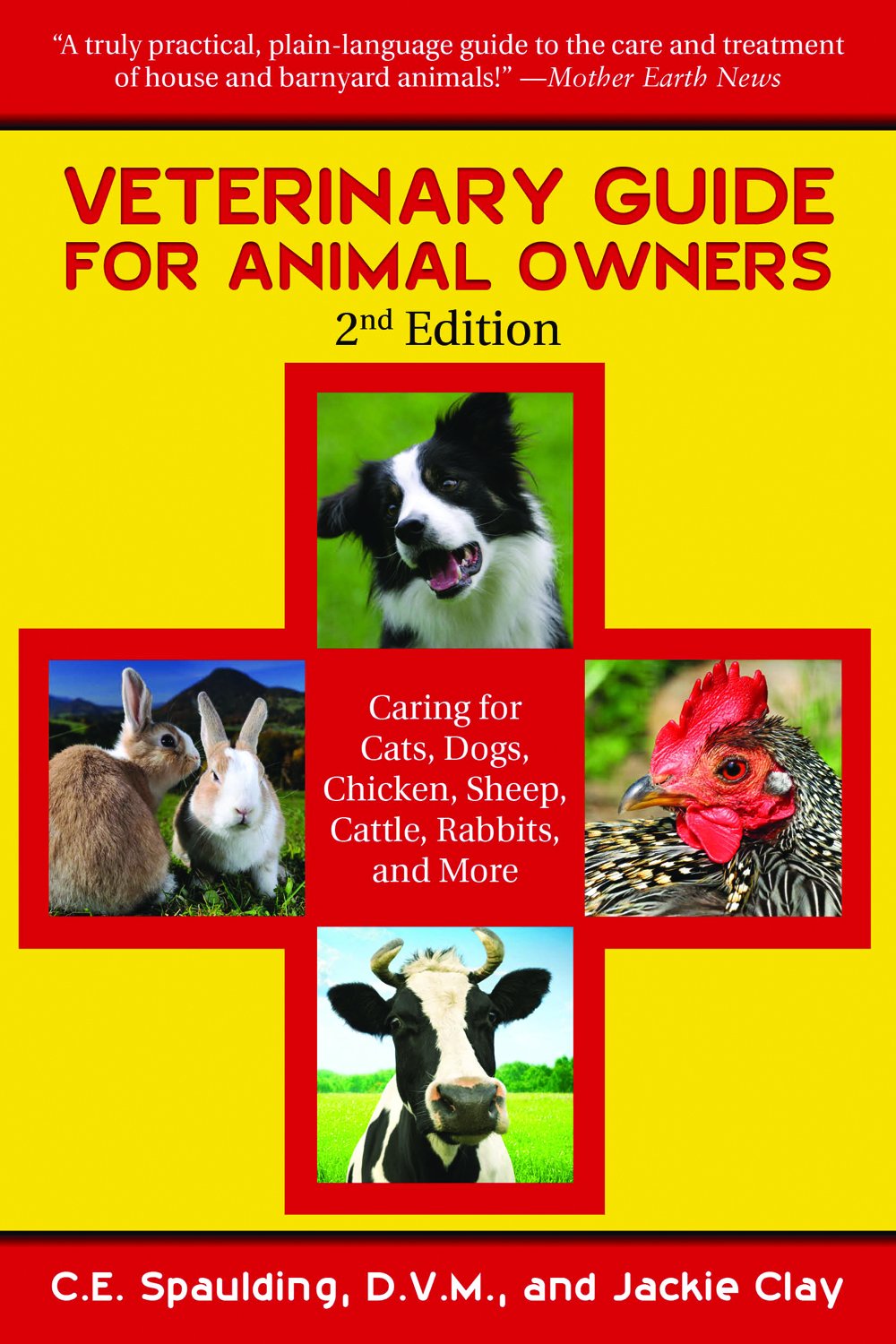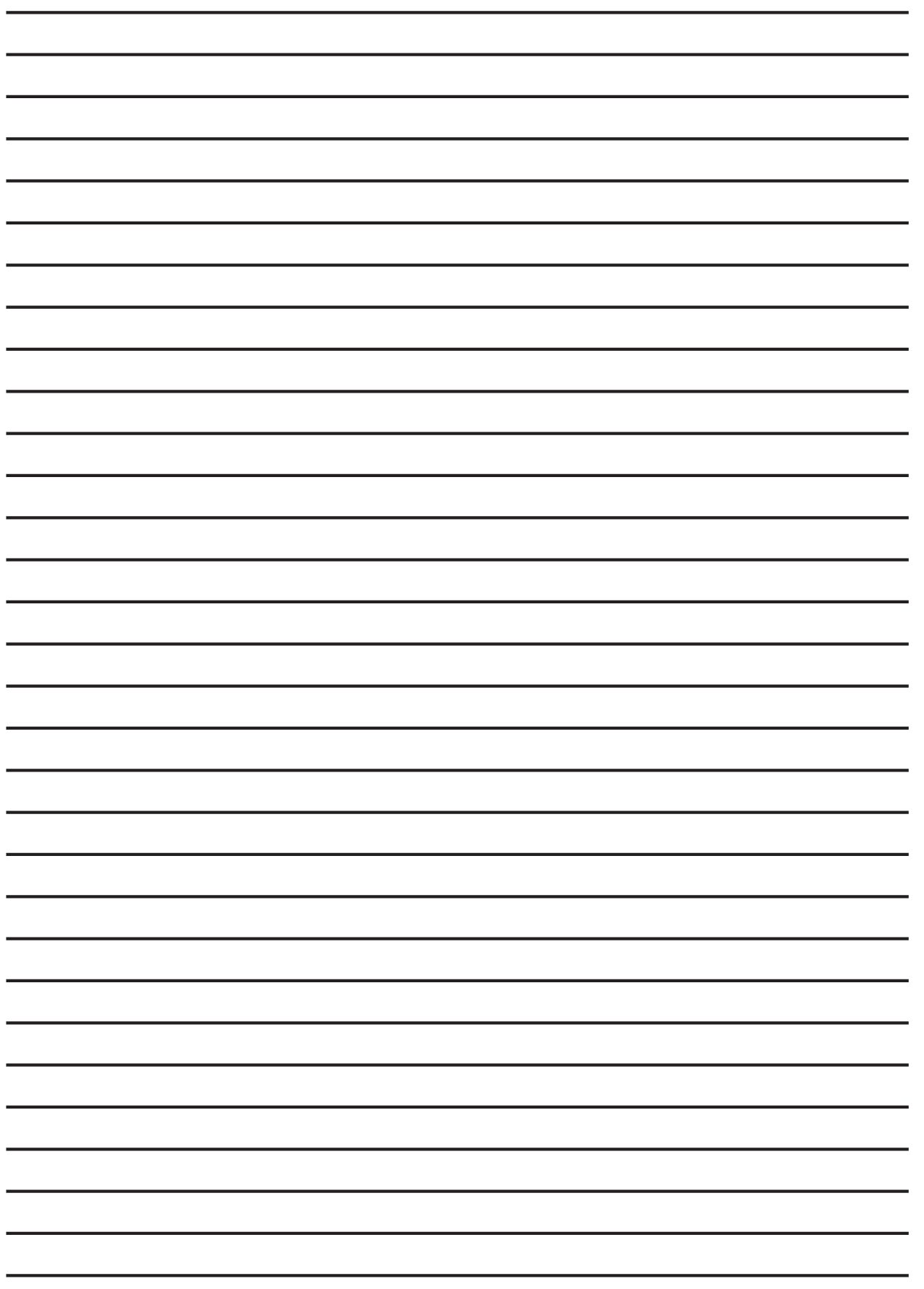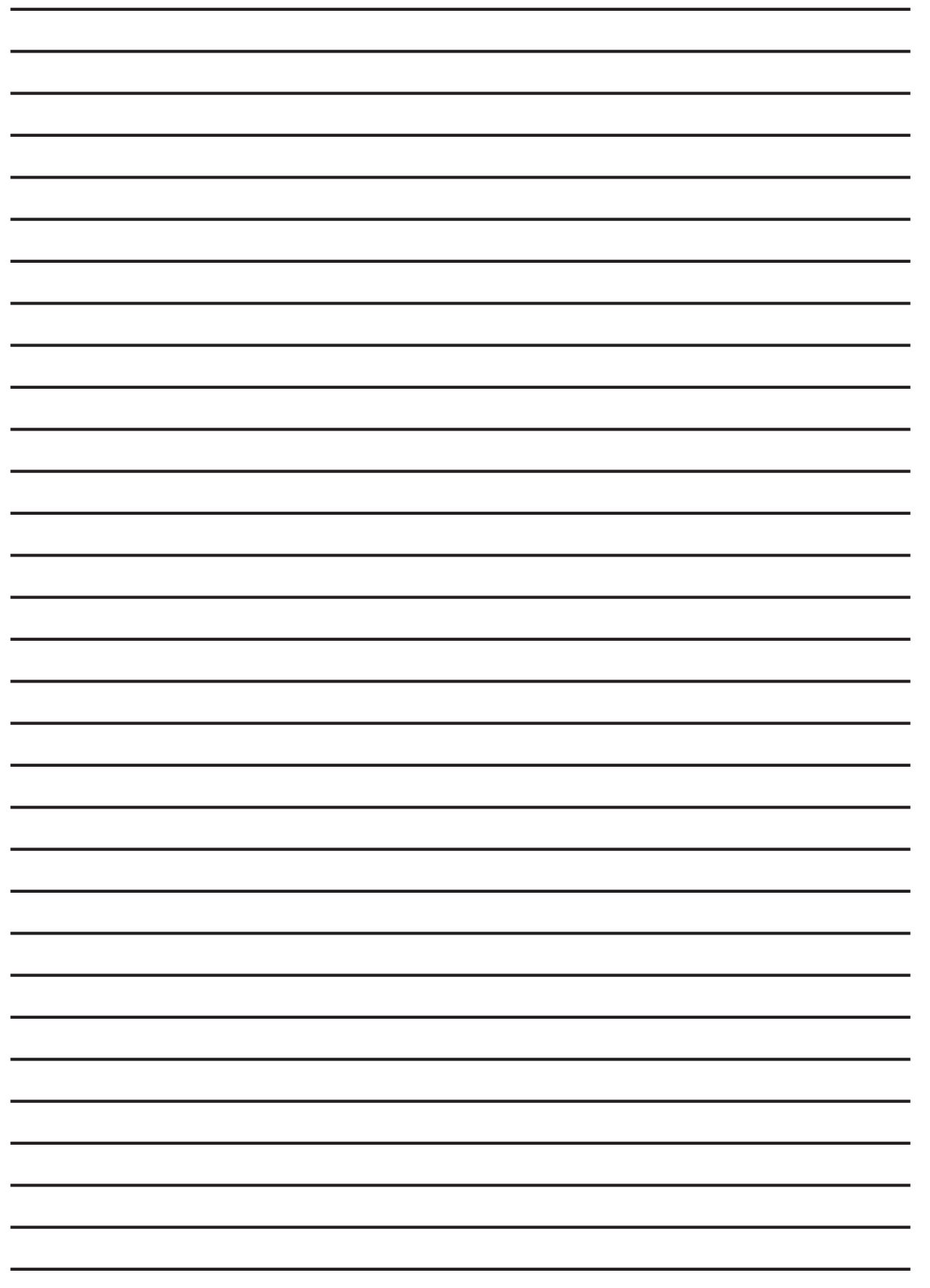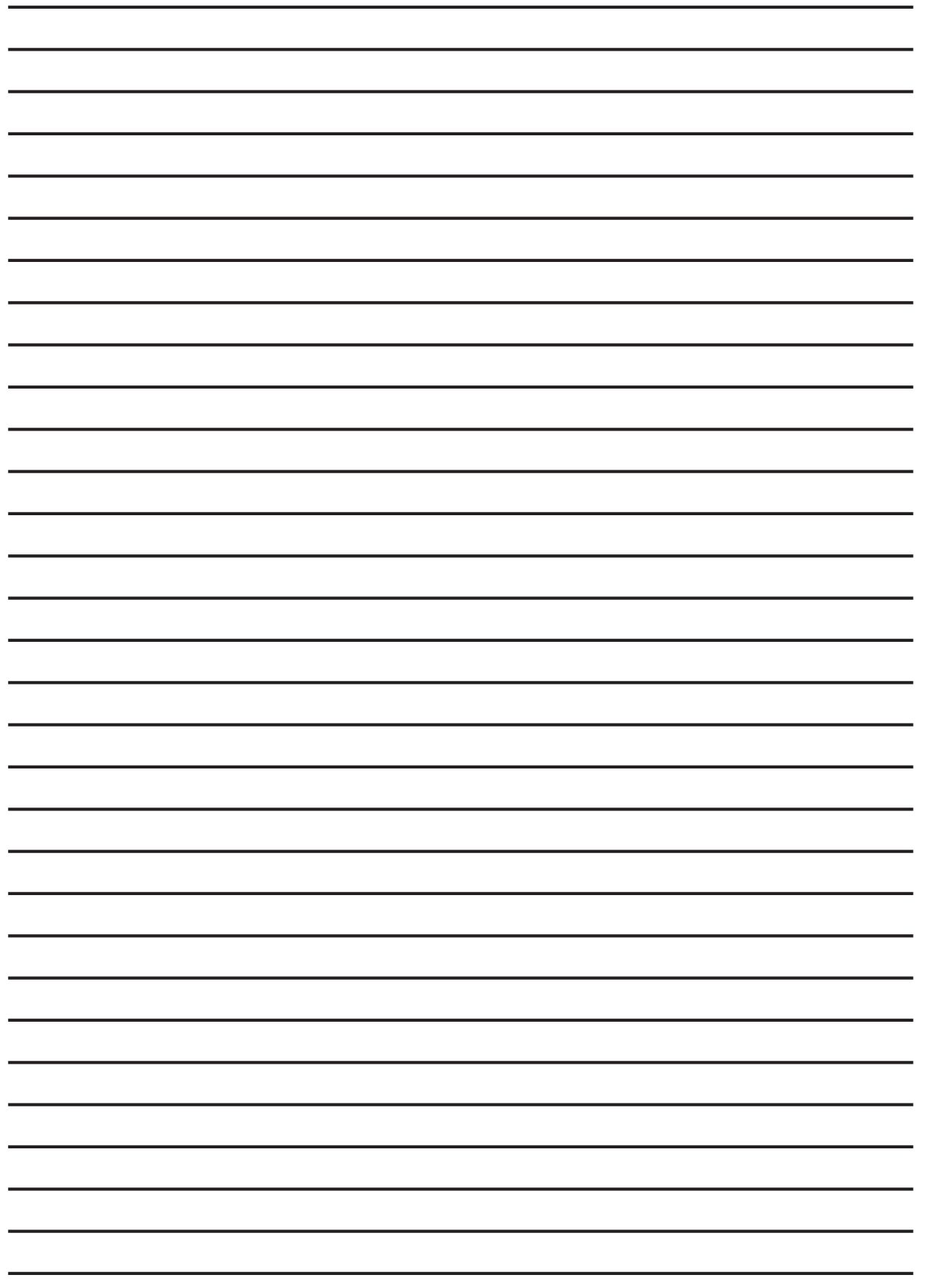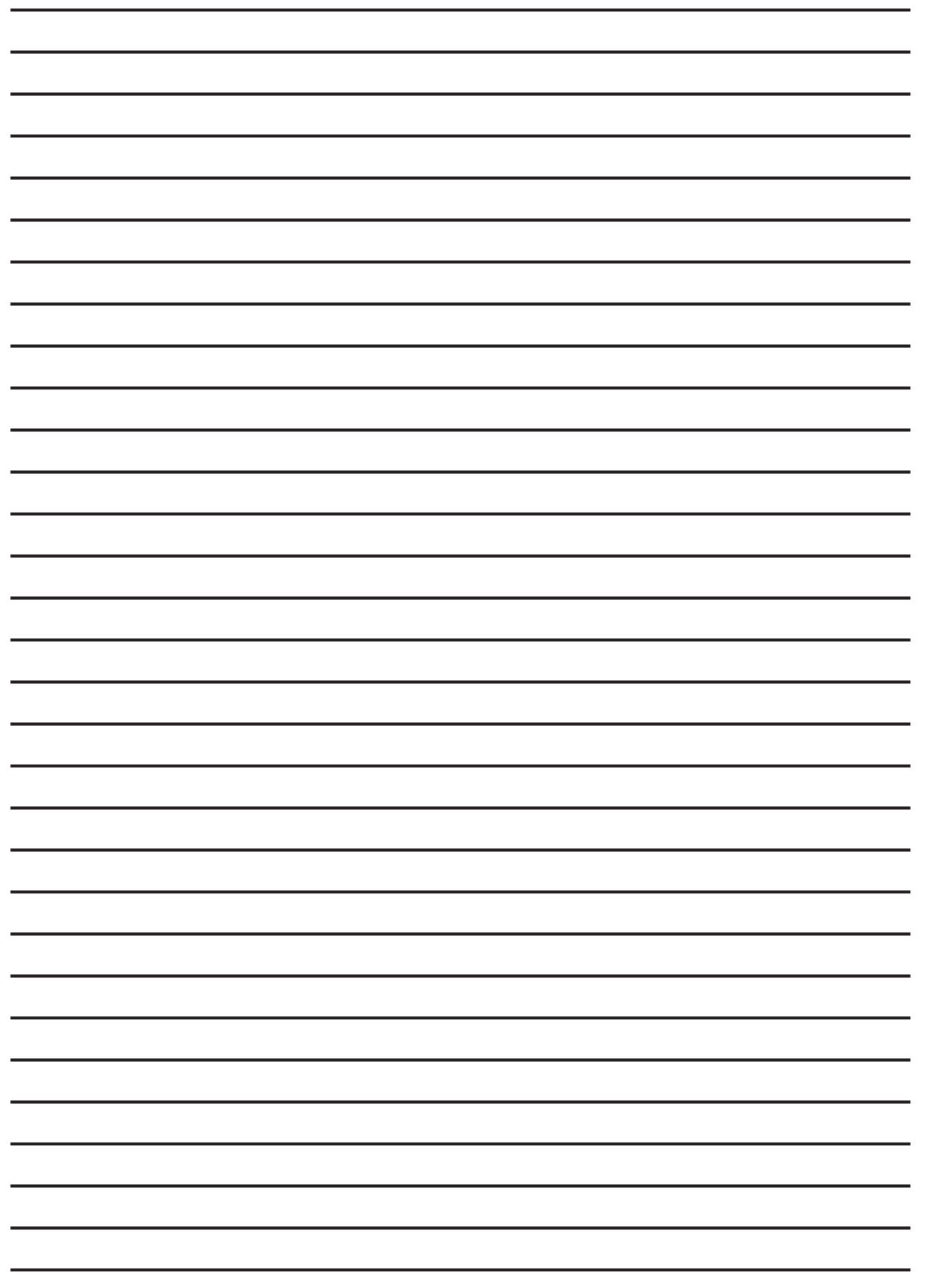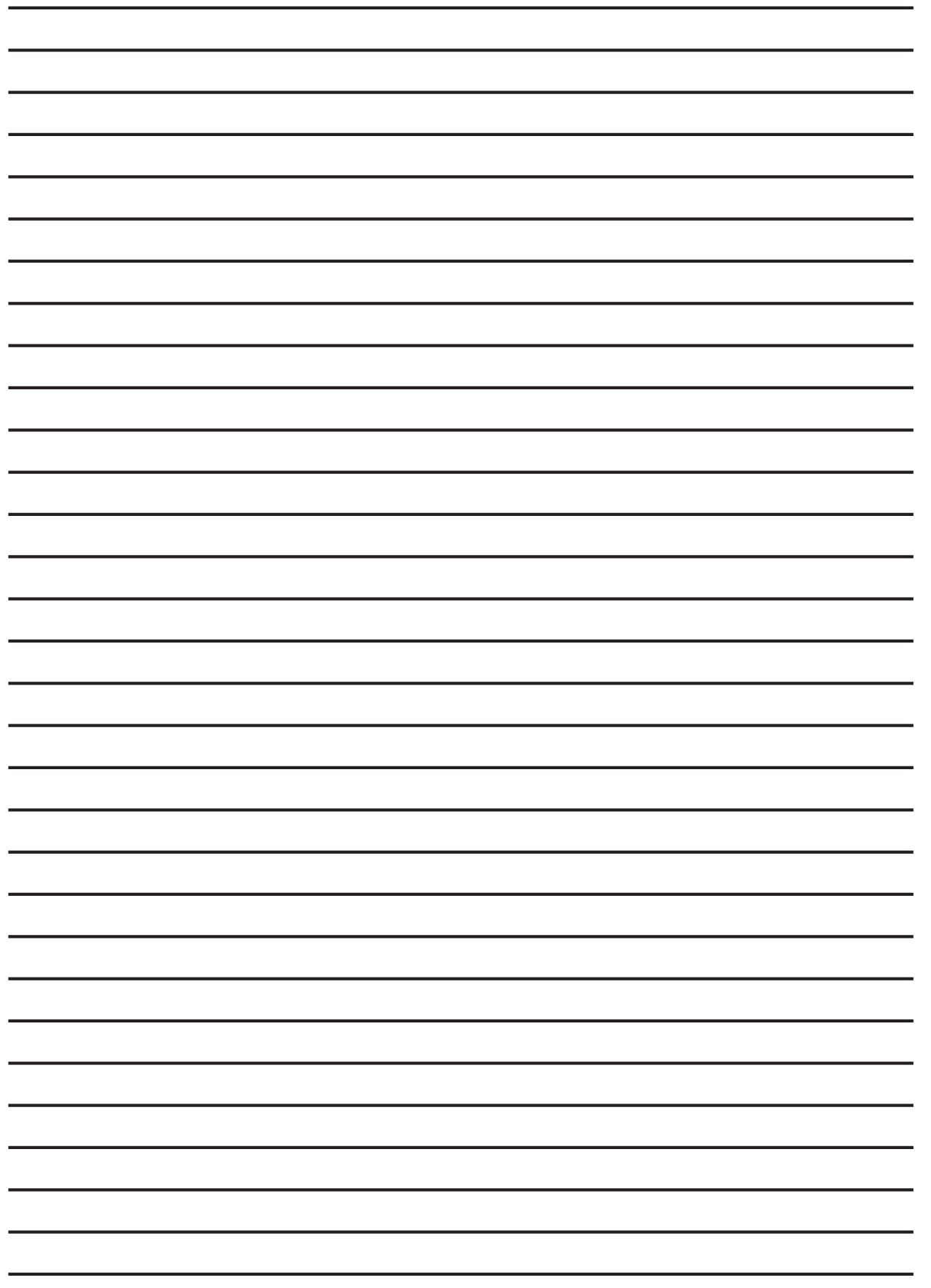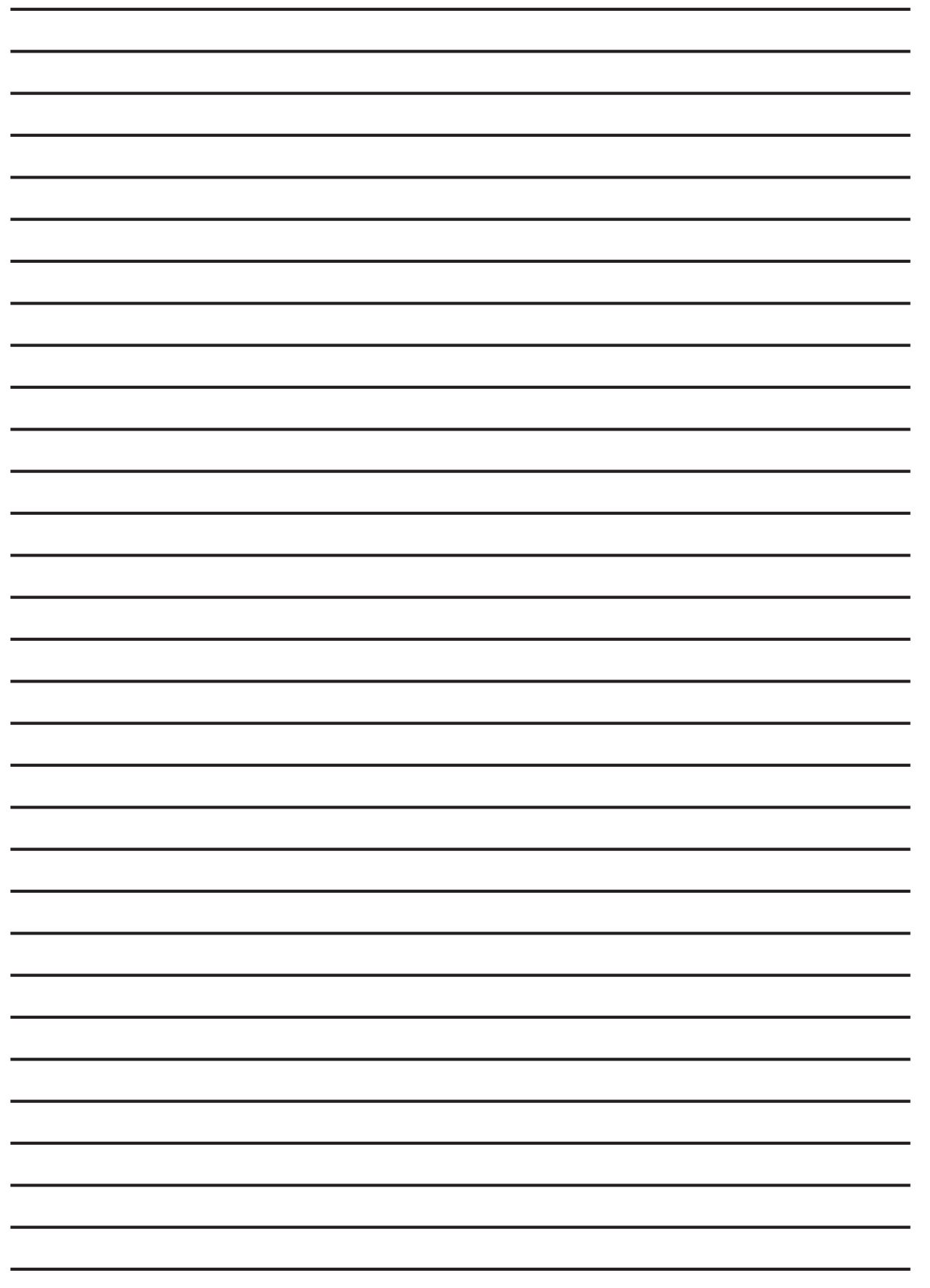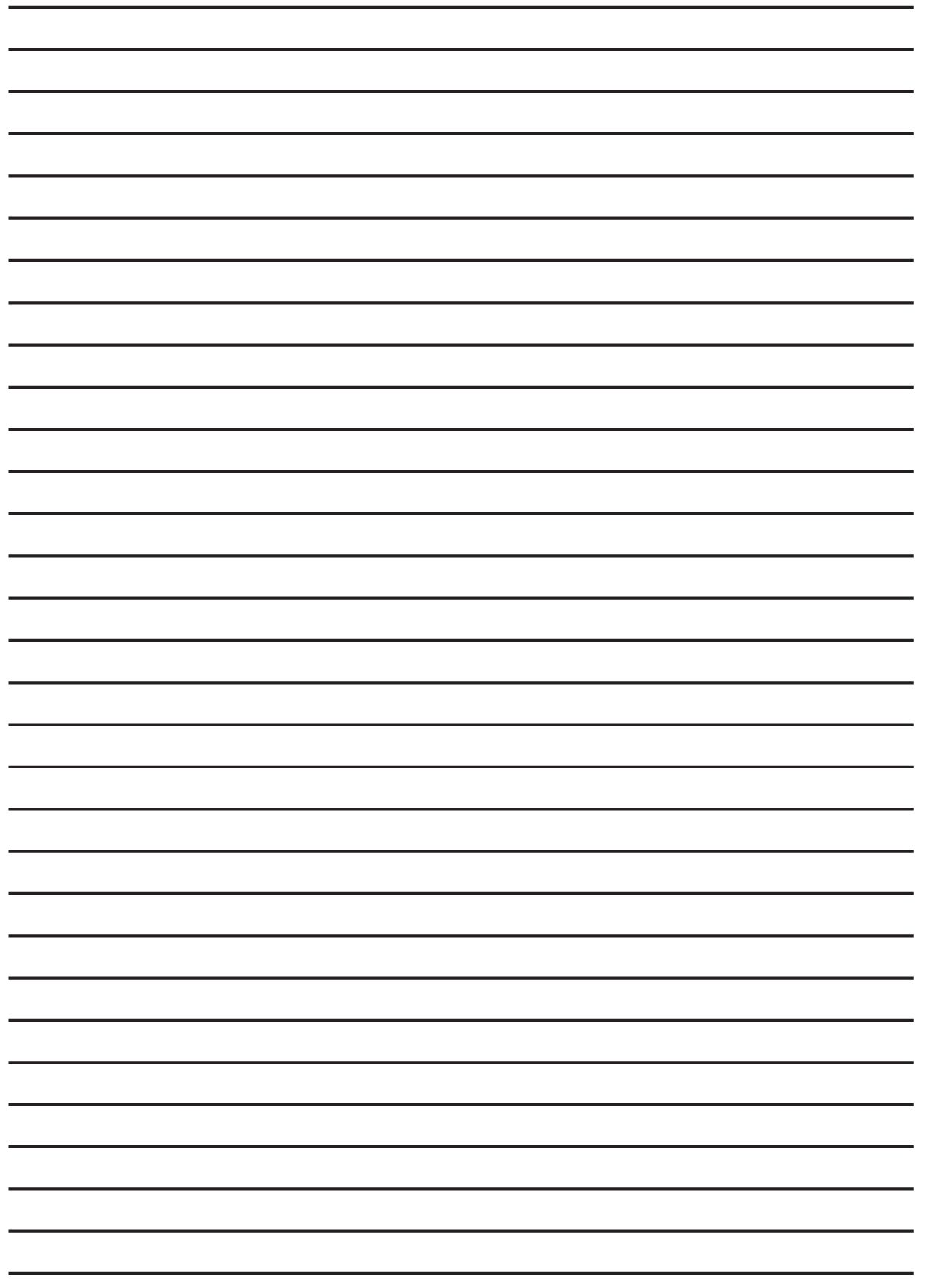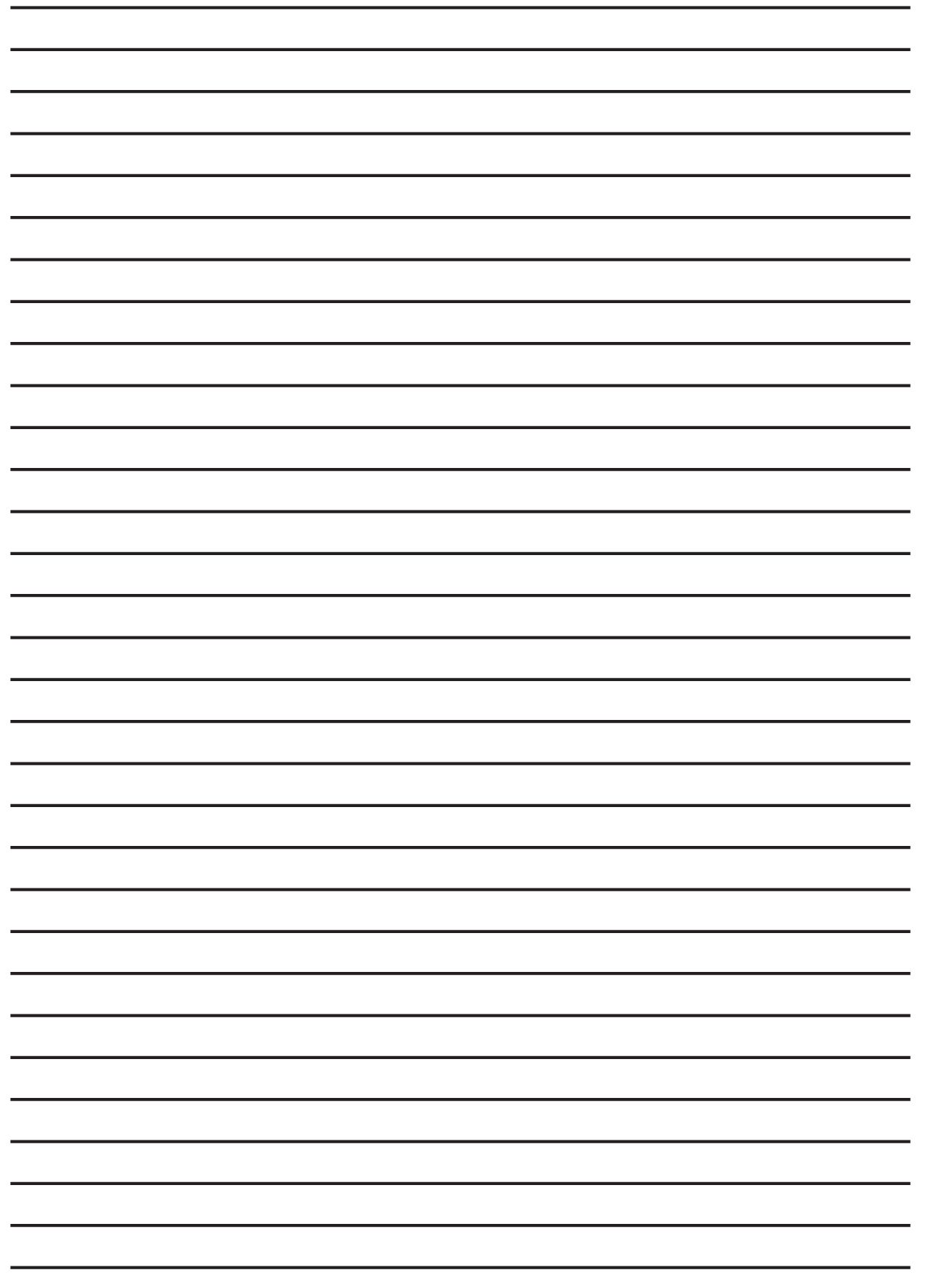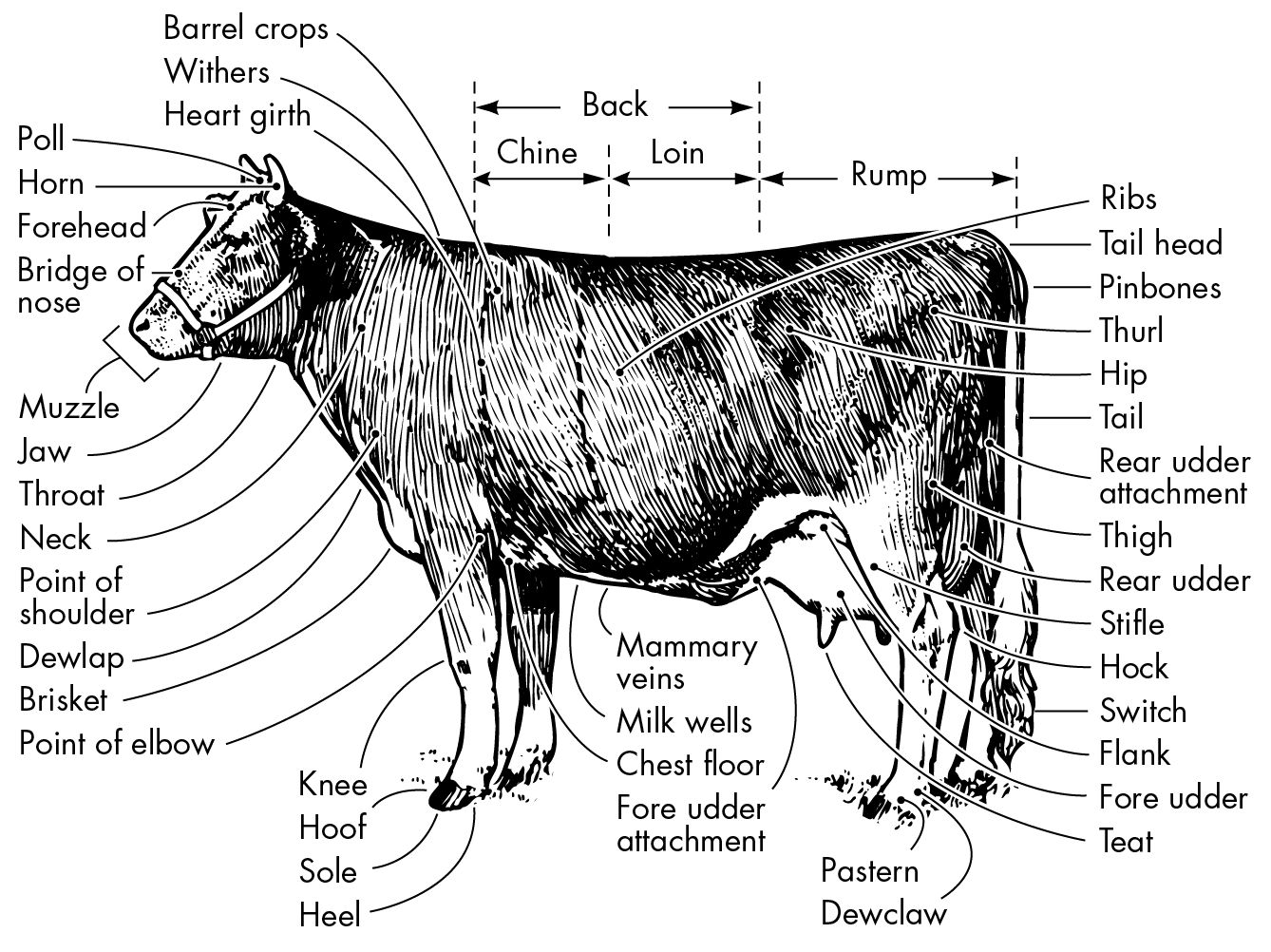RECOMMENDED READING
Brennan, Mary L., and Norma Eckroate. The Natural Dog: A Complete Guide for Caring Owners. New York: NAL Dutton, 1994.
Carlson, Delbert G., James M. Griffin, and Lisa Carlson. Cat Owners Home Veterinary Handbook. New York: Howell Book House, 1995.
Damerow, Gail. The Chicken Health Handbook . Pownal, Vt.: Storey Communications, 1994.
. Your Chickens. Pownal, Vt.: Storey Communications, 1993.
. Your Goats. Pownal, Vt.: Storey Communications, 1993.
Edney, Andrew. Complete Cat Care Manual. London: Dorling-Kindersley, 1992.
Fogle, Bruce. Complete Dog Care Manual. London: Dorling-Kindersley, 1993.
Frazier, Anitra, and Norma Eckroate. The New Natural Cat: A Complete Guide for Finicky Owners. New York: NAL Dutton, 1990.
Griffin, James M. and Tom Gore. Horse Owners Veterinary Handbook. New York: Howell Book House, 1989.
Hawcroft, Tim. A-Z of Horse Diseases and Health Problems: Signs, Diagnoses, Causes, and Treatment. New York: Howell Book House, 1990.
Haynes, N. Bruce. Keeping Livestock Healthy: A Veterinary Guide to Horses, Cattle, Pigs, Goats & Sheep. 3rd ed. Pownal, Vt.: Garden Way Publishing Company, 1994.
Hill, Cherry. Your Pony, Your Horse. Pownal, Vt.: Storey Comunications, 1995.
Kanable, Ann. Raising Rabbits. Emmaus, Pa.: Rodale Press, 1977.
Lose, M. Phyllis. Blessed are the Broodmares. New York: Howell Book House, 1991.
. The Merck Veterinary Manual . 7th ed. Rahway, N.J.: Merck & Company, 1991.
Luttmann, Rick. Chickens in Your Backyard: A Beginners Guide. Emmaus, Pa.: Rodale Press, 1976.
Marder, Amy. Your Healthy Pet. Emmaus, Pa.: Rodale Press, 1994.
Morrison, Frank B. Feeds and Feeding. 9th edition. Clinton, Iowa: Morrison Publishing Company, 1961.
Pitcairn, Richard H., and Susan Hubble Pitcairn . Dr. Pitcairns Complete Guide to Natural Health for Dogs and Cats. 2nd ed. Emmaus, Pa.: Rodale Press, 1995.
Prevention Magazine Health Books Editors. The Doctors Book of Home Remedies for Dogs and Cats. Emmaus, Pa.: Rodale Press, 1996.
Rooney, James R. The Lame Horse. Ossining, N.Y.: Breakthrough Publications, 1986.
Searle, Nancy. Your Rabbit. Pownal, Vt.: Storey Communications, 1992.
Siegal, Mordecai. The Cornell Book of Cats. 2nd ed. New York: Random House, 1997.
Simmons, Paula, and Darrell L. Salsbury. Your Sheep. Pownal, Vt.: Storey Communications, 1992.
Storer, Pat. Your Puppy, Your Dog. Pownal, Vt.: Storey Communications, 1997.
CATTLE
GENERAL CARE AND MANAGEMENT
G ood general care will go a long way to keeping your cattle healthy and productive. Providing proper housing and feed are simple but effective steps in good cattle husbandry. Youll also need to know how to restrain your animals so you can treat them yourself or assist your veterinarian. Other management considerations include breeding, delivering calves, castration, dehorning, and foot trimming.
Housing
Proper housing is one of the most important aspects of cattle care. Fortunately, good housing doesnt need to be elaborate or expensive.
Open, or Loose, Housing
Cattle are more likely to become sick due to too much shelter rather than too little. Therefore, I recommend open housing where it is possible. This consists of a barn or loafing shed, with an opening to the south (unless the prevailing winds come from this direction) where the cows can wander in and out at will. Even in the northern United States and Canada, the south side of the barn stays warm in the sunlight, and the cows love to lie out in the sun and chew their cud.
If you have dairy cows, you should have individual bedded stalls inside the barn. (Beef cattle do not need stalls since they dont have to be kept quite as clean as dairy animals do.) This system really saves labor and bedding because you have to clean manure only from the aisles, and it also helps keep the cows clean. These stalls should be raised 6 inches from the aisle by placing a 2 6 across the back of the stalls and filling them with sawdust and/or sand. This will also help to save cleanup time.
Stall sizes differ greatly, depending on the breed of cattle you are housing. For instance, a 600-pound Jersey needs a much shorter stall than a 1,400-pound Holstein. The stalls should be just long enough for your cattle to lie in comfortably, with the platform dropping off right behind the tail.
Remember, the cows should be free to come and go as they need. A hay rack outside encourages them to walk out for exercise, as does a salt-and-mineral lick. After all, exercise is one of the most important reasons for having loose housing. I have seen fairly young cows ruined after being confined to a cement stall with their heads in a stanchion all winter. A combination of lack of exercise and lack of bedding, as well as having to lie and stand on an ungiving surface, has shortened many a cows life by five or more years. These factors can also decrease a cows milk production, owing to the pain of arthritis.
In the cold northern climates, there are a couple of things you have to watch with open housing in the winter months. First, make sure each cows teats and bag are dry after milking before you turn her back outside. This will help prevent cracked and chapped teats. Also, try not to have your cows freshen (give birth and come into milk) during the coldest part of the winter: The full, tight bag, along with the cold, can cause frozen teats. If your loose housing shed gets too cold, you can partially close off the open south side. Sliding doors, nearly closed at night or during storms, and an overhang that is either solid or sided with clear fiberglass panels help to cut severe cold.
Confined Housing

